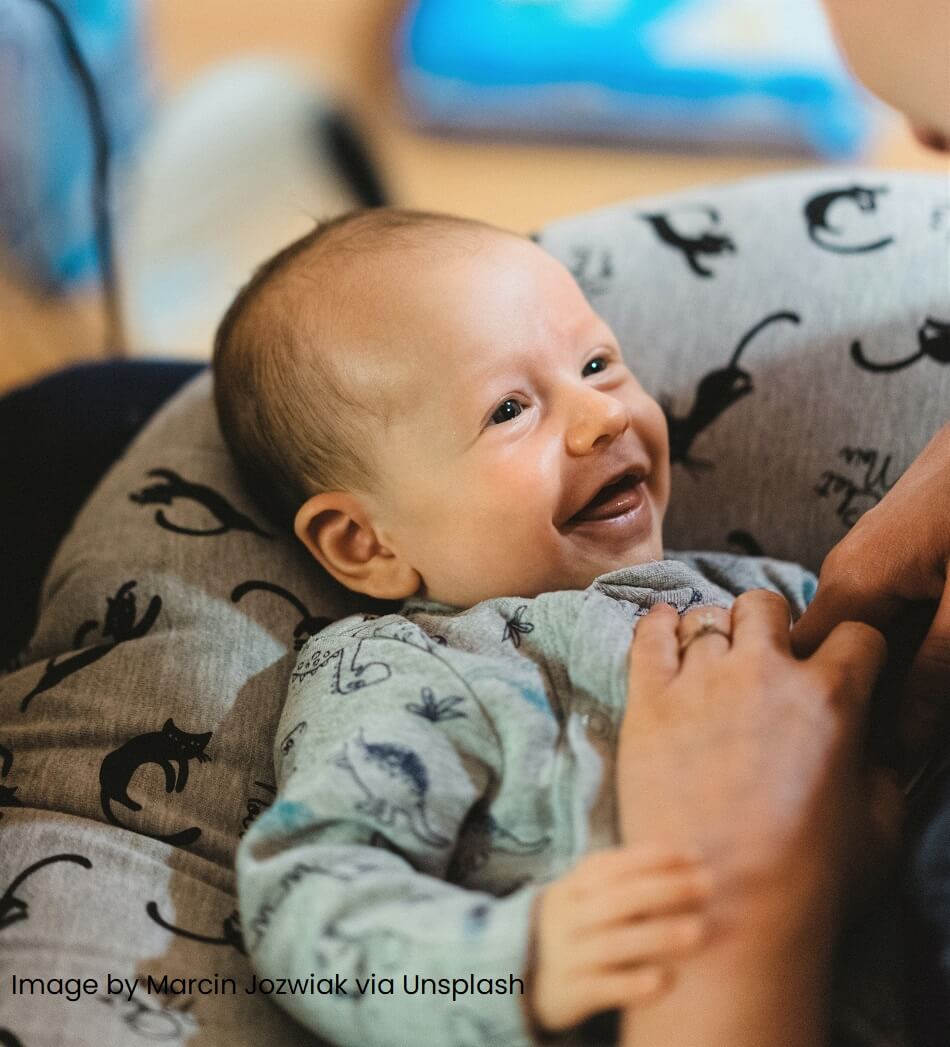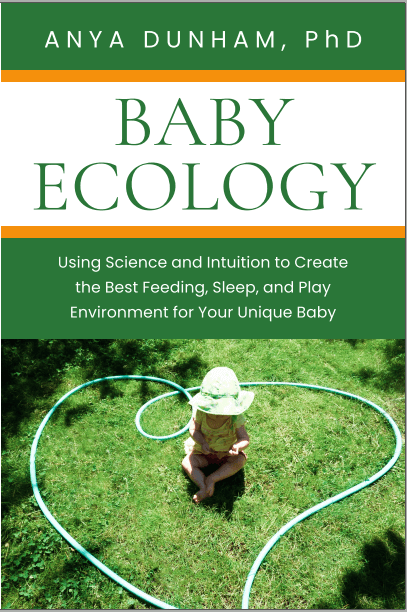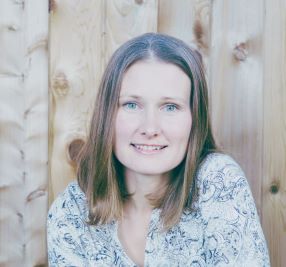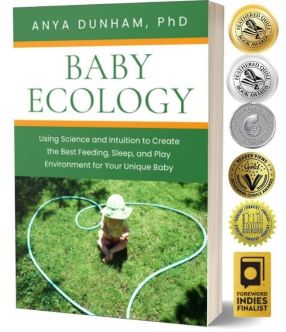Baby Ecology book is here! Learn more
Baby Ecology book is here!
- Home
- Baby activities
- Language development
Supporting your baby’s language development through connection
by Anya Dunham, PhD
It’s not only the number of words that matters; research points to the importance of connection and two-way communication.

You have likely read that the number of words young children hear makes a difference in their vocabulary development. You might have also heard the advice to talk to your baby all the time and to “narrate life” to baby. But it’s not only, or even mainly, about the number of words or the constant narration – how we communicate matters.
Babies begin recognizing common words and putting them into categories by 5-6 months,1,2 but language development begins in the very early days (even before birth).
Here are 6 tips to support your baby’s language development during everyday activities.
Supporting language development
Tip #1: Connect before talking
Connect with your baby before talking. When adults make eye contact, call baby by name, position themselves face-to-face, slow down, and talk using short sentences, often in a singsong voice, even young babies show enhanced brain activation.2,3 Babies know when they’re being talked to and they work hard to process communication.
Tip #2: Talk through care routines
When you are dressing your baby or changing her diaper, talk about what you’re about to do. Even very young babies can participate in care routines if we slow down and invite them with our words and our body language. For example, 2-month-olds can anticipate being picked up and will adjust their posture to help – look at your face, tense their neck and back muscles, and open their arms a little wider to create space for your hands – but only if you clearly show them that you’re about to pick them up.4,5 As your baby grows, she can join in by holding a fresh diaper, choosing a washcloth, or working on undoing snaps on her sleeper. She will naturally learn associated words, colors, and numbers - and, more importantly, learn what it feels like to be treated with respect and love.
(Perhaps this goes without saying, but just in case: make sure you don’t use negative language when referring to diapers, gas, or burping, even as part of what might seem like a harmless joke to an adult. Babies cannot understand jokes but begin understanding words and perceive negative meaning early.)
Tip #3: Communicate with your baby, not at her
Babies usually begin to experiment with sounds like cooing and babbling soon after the first social smiles. Listen and respond to these early vocalizations. One of the best predictors of language development is how adults respond to baby-initiated ‘conversations’ and curiosity: baby’s gaze, object exploration, and, later on, gestures such as pointing and reaching.6

Tip #4: Notice what your baby is paying attention to
Instead of just narrating, try paying attention to what your baby is interested in. When parents notice what babies are interested in (their ‘focus of attention’) and name these objects or events, the words become easier for babies to learn: they can connect what they’re looking at with the words they’re hearing.7 In one study, babies whose parents supported their focus of attention grew into toddlers who cooperated more during daily routines, used words more, played independently for longer periods of time, and used toys in more complex ways.8
Tip #5: Remember the video deficit phenomenon
What about screens? Does hearing additional words in a show help babies learn? A number of studies demonstrate that babies learn much better from real people and real-life events than video, and that this “video deficit phenomenon" holds true until the child is 2 to 3 years old, and likely beyond.9 In addition, screen time brings other negatives - and no known positives - for children under 2 years old.
Tip #6: Share a book with your baby
It’s never too early to share a book with your baby. It will take him a few months to begin comprehending some of the words, and quite a few more months to begin understanding the sequences of events and following storylines. But even very young babies enjoy the closeness, repetition, and experience with sounds that comes from reading and looking at a book10 — all of which benefit cognitive and social-emotional development. Reading during the first year is not yet about content, so there’s no need to read from cover-to-cover or in the correct order. Here are some of our favorite books you and your baby might enjoy.
References
References
- Mandel DR, Jusczyk PW, Pisoni DB (1995) Infants' recognition of the sound patterns of their own names. Psychological Science 6(5): 314-317
- Lloyd-Fox S et al (2015) Are you talking to me? Neural activations in 6-month-old infants in response to being addressed during natural interactions. Cortex 70: 35-48
- Golinkoff RM et al (2015) (Baby) talk to me: the social context of infant-directed speech and its effects on early language acquisition. Current Directions in Psychological Science 24(5): 339-344
- Fantasia V et al (2016) Not just being lifted: infants are sensitive to delay during a pick-up routine. Frontiers in Psychology 6: 2065
- Reddy V (2015) Joining Intentions in Infancy. Journal of Consciousness Studies 22(1-2): 24-44
- Tamis-LeMonda CS, Kuchirko Y, Song L (2014) Why is infant language learning facilitated by parental responsiveness? Current Directions in Psychological Science 23(2): 121-126
- Bergelson E, Aslin RN (2017) Nature and origins of the lexicon in 6-mo-olds. Proceedings of the National Academy of Sciences 114(49): 12916-12921
- Landry SH, Smith KE, Swank PR (2006) Responsive parenting: establishing early foundations for social, communication, and independent problem-solving skills. Developmental Psychology 42(4): 627-642
- Kuhl PK, Tsao F-M, Liu H-M (2003) Foreign-language experience in infancy: effects of short-term exposure and social interaction on phonetic learning. Proceedings of the National Academy of Sciences 100(15): 9096-9101
- Rosenkoetter S, Barton L (2002) Bridges to literacy: early routines that promote later school success. Zero to Three 22(4): 33-38
Using hundreds of scientific studies, Baby Ecology connects the dots to help you create the best environment for sleep, feeding, care, and play for your baby.
Warmly,
Anya


